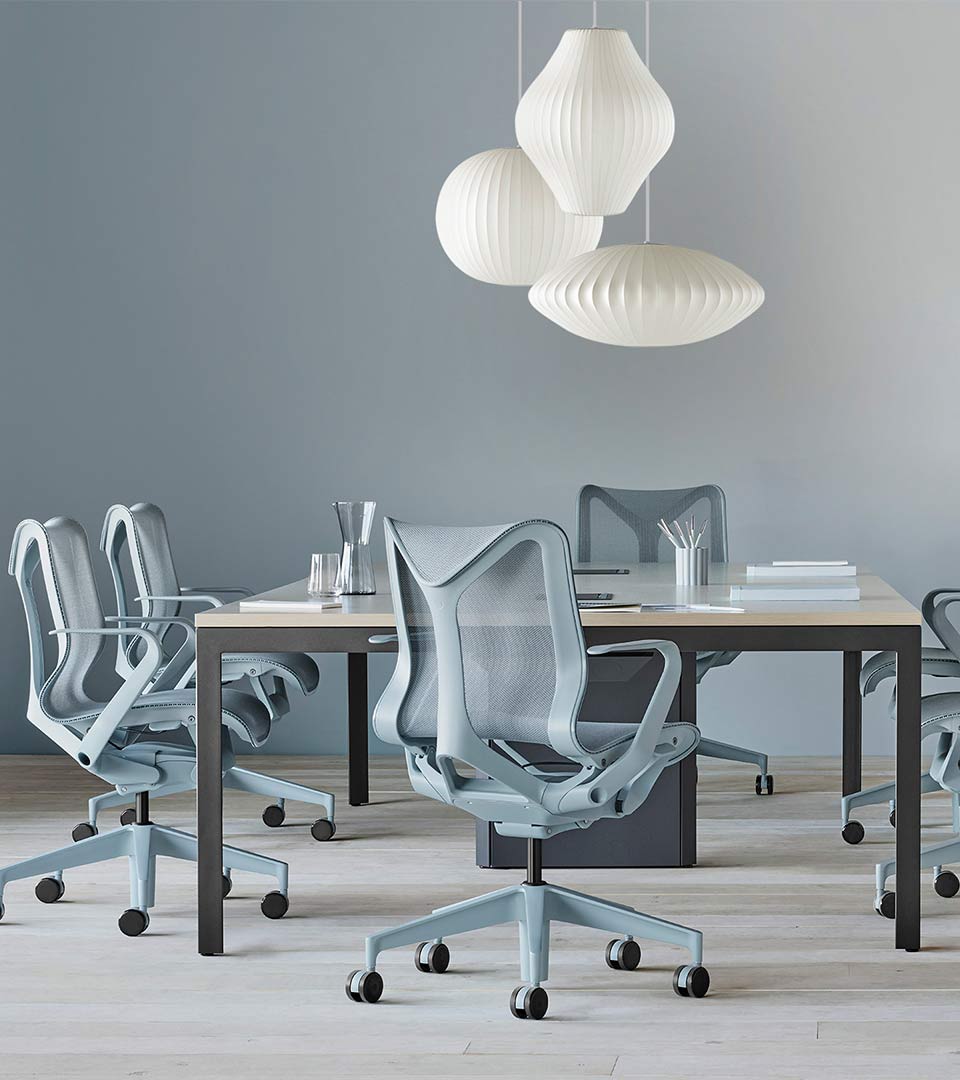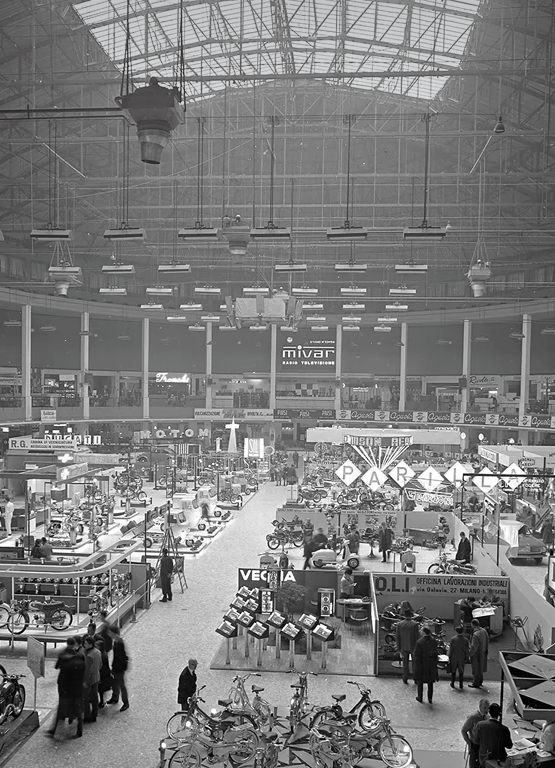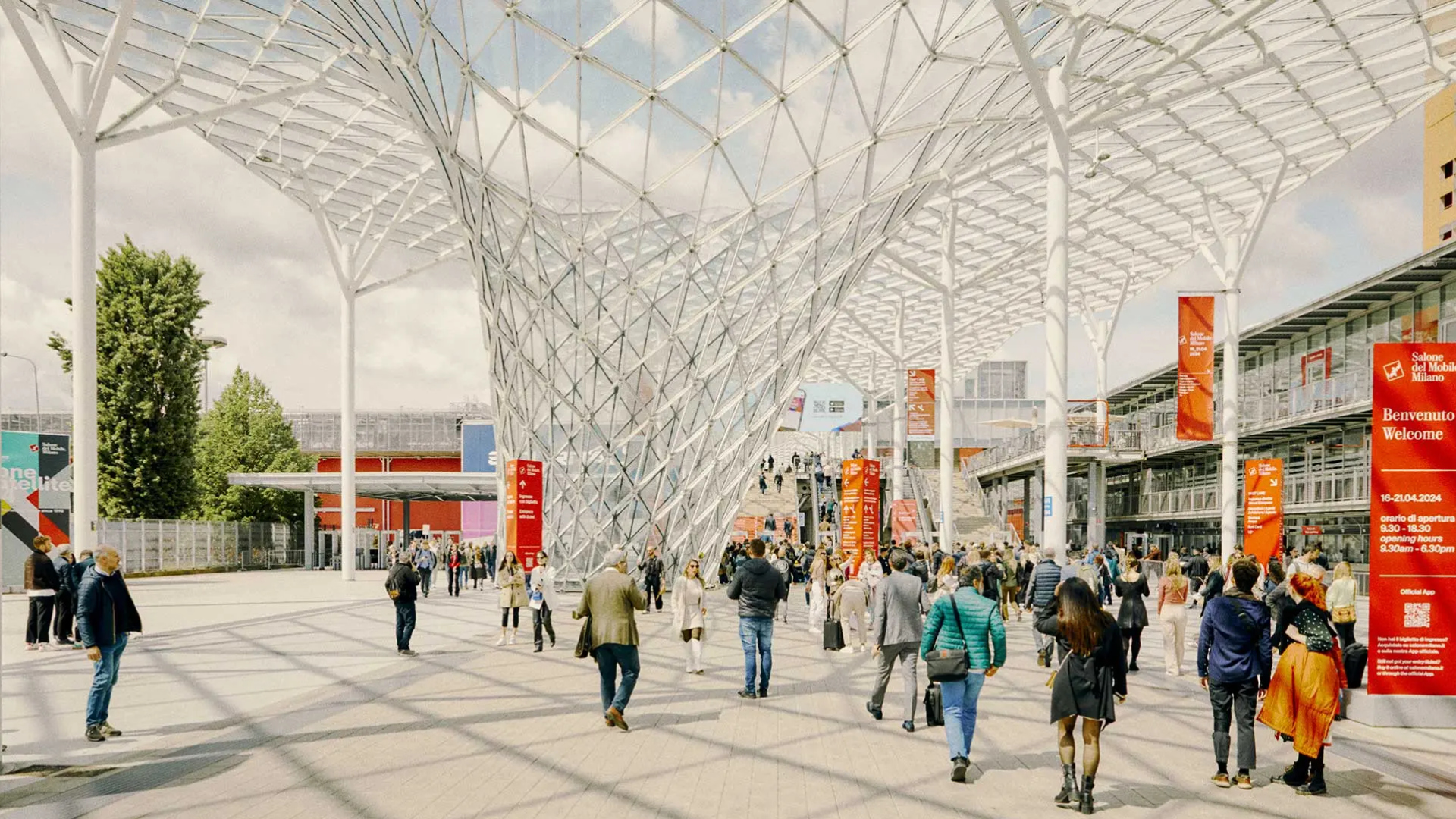Milan Design Week began in 1961 with the launch of Salone del Mobile, originally conceived as a trade fair to promote Italian furniture and exports. Over the decades, it evolved into the world’s leading design event, transforming the entire city of Milan into a vibrant stage for creativity, innovation, and collaboration.
Since the fair's inception, Salone has continually evolved to reflect the changing dynamics of the industry, showcasing products that combine expressive design with technological and material advancement. From furnishings that enhance the domestic experience to forward-thinking sustainable solutions, the fair remains a definitive space where creativity meets functionality.
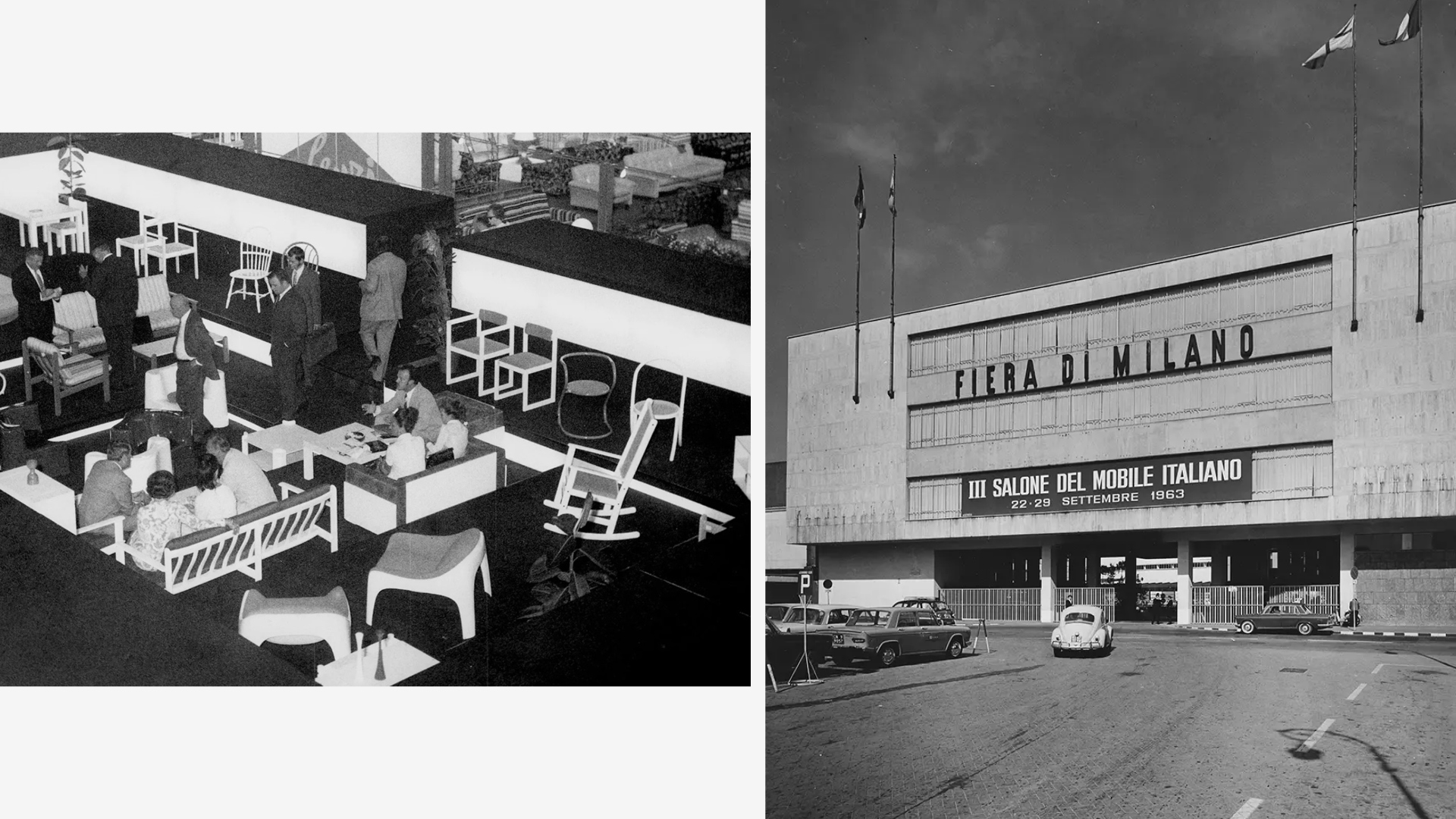
In 1961, the fair was an instant success, attracting over 12,000 visitors in its first iteration alone. In the following years, Salone del Mobile experienced rapid growth, welcoming an increasing number of exhibitors and visitors from around the globe. It evolved into an influential platform where designers, manufacturers, architects, and interior decorators showcased their latest creations, exchanged innovative ideas, and connected with fellow industry professionals.
In 1972, the fair relocated to its current home at the Fiera Milano exhibition centre in Rho, a suburb of Milan, providing expansive exhibition areas and accommodating an even broader array of products. Throughout the 1980s and 1990s, Salone del Mobile further solidified its reputation, expanding its scope beyond furniture to include lighting, textiles, and diverse interior design products. This continual evolution firmly established Milan’s status as a leading international hub of design excellence.
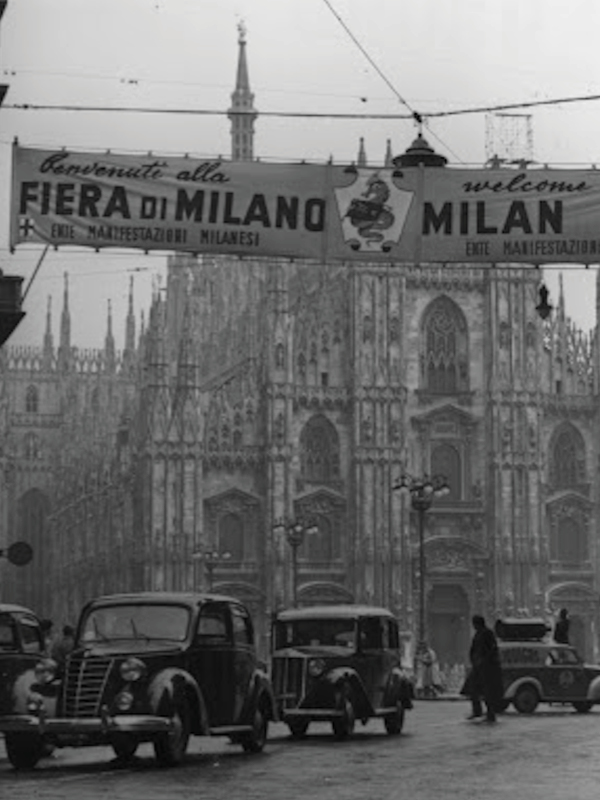
In the 1980s, as dinners and afterparties parties coinciding with the trade fair grew more prevalent, design brands and creatives sought alternative spaces throughout Milan to showcase their work. Fuorisalone (meaning outside the fiar) emerged as a spontaneous and organic extension of Salone del Mobile. Unlike the structured environment of the trade fair, Fuorisalone brought design into the city, activating showrooms, galleries, boutiques, and public spaces across various districts. It quickly became a vital part of Milan Design Week, turning the city into a living, breathing exhibition and fostering a more experimental and accessible atmosphere for creativity, dialogue, and cultural exchange.

